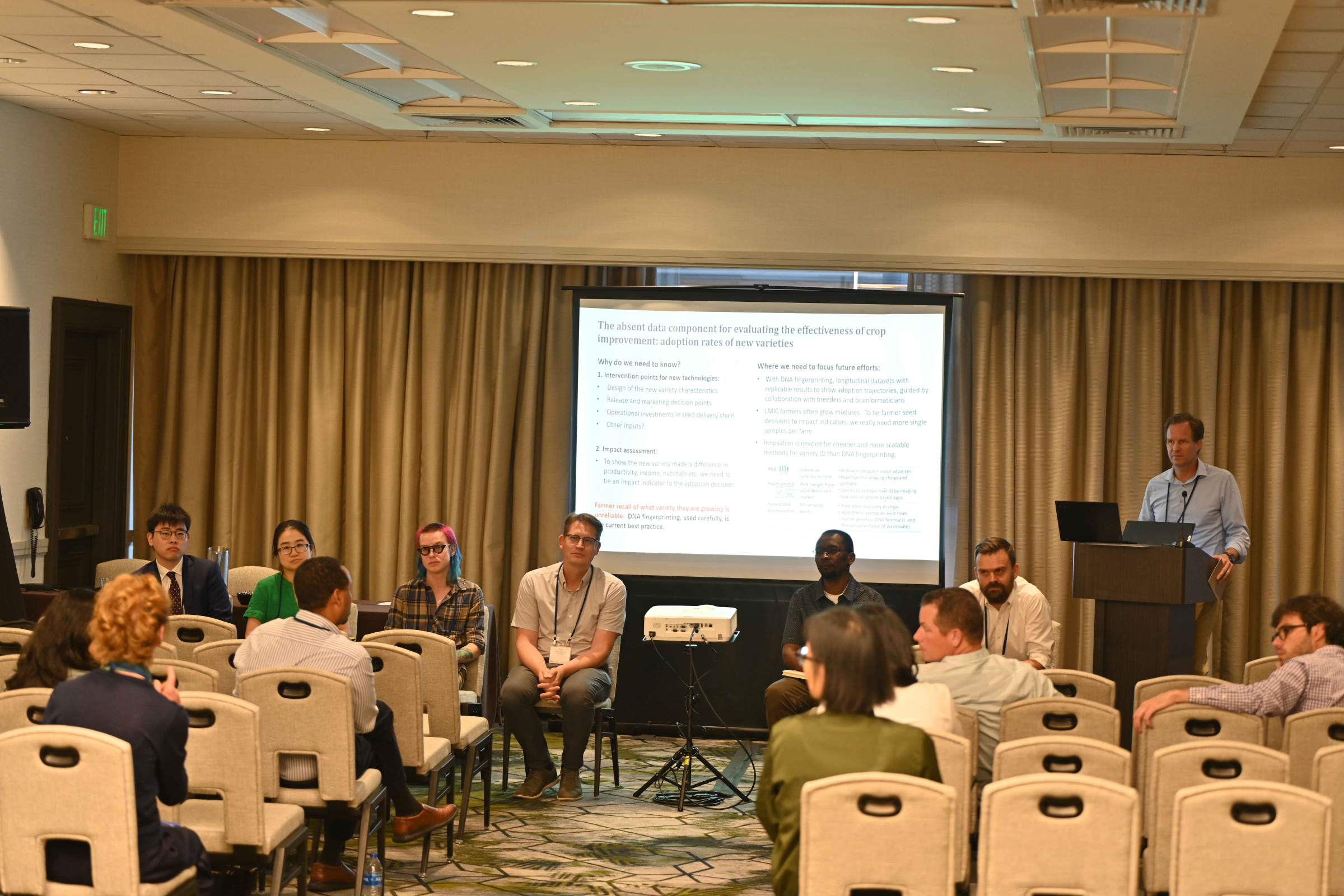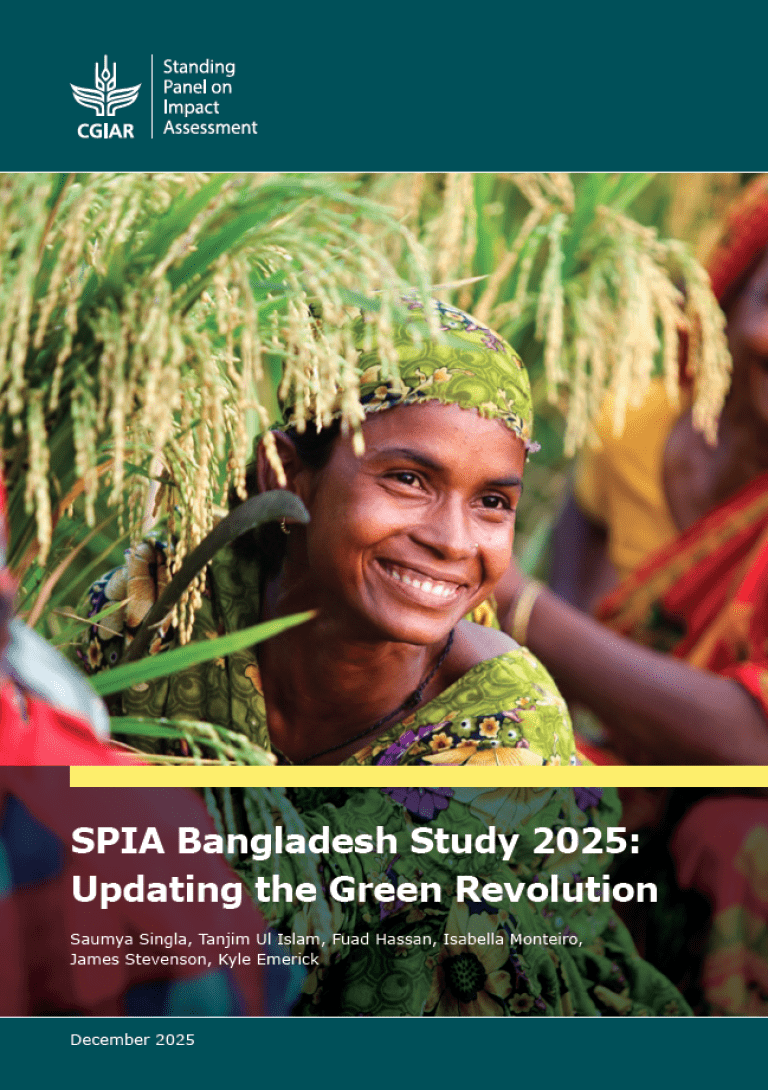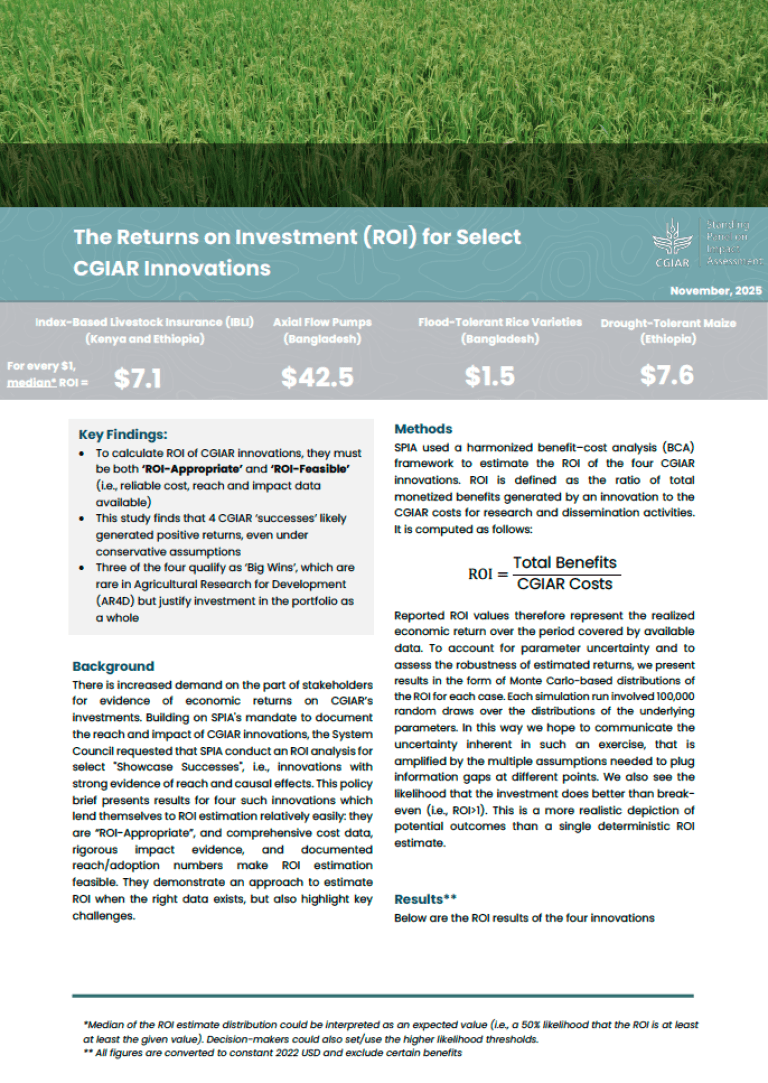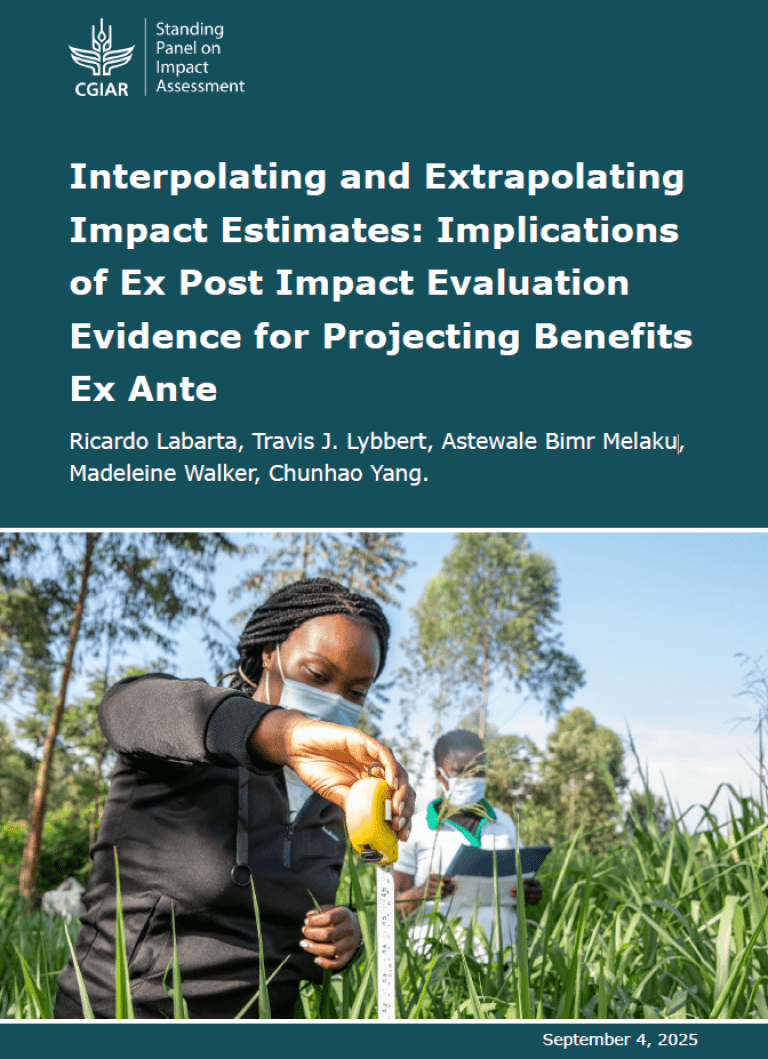Crop variety turnover has been central to CGIAR’s work from its inception, first replacing traditional varieties with improved ones, and later upgrading older improved varieties for newer, better-performing alternatives. In the early years, tracking varietal adoption was relatively straightforward. The semi-dwarf rice and wheat varieties that fueled the Green Revolution looked noticeably different from what came before. However, that clarity has faded over time. In recent decades, breeders have often deliberately bred newer varieties to resemble earlier ones, sometimes to avoid rejection by farmers. As a result, telling varieties apart has become much harder, and traditional monitoring methods increasingly fall short.
This is where DNA fingerprinting comes in.
Over the last decade, SPIA and the IMAGE Project (Institutionalizing Monitoring of Crop Variety Adoption Using Genotyping) have led a series of national-level DNA fingerprinting surveys to generate more accurate, objective data on varietal adoption, particularly in smallholder systems where farmer recall and visual ID are unreliable. The approach is not a case of one-size-fits-all. DNA fingerprinting involves a series of critical design choices including how plots are sampled, which genotyping assay is used, and which reference library and analytical pipeline are selected to analyze the data that comes out of genotyping labs.
At the 2025 Agricultural and Applied Economics Association (AAEA) conference in Denver, SPIA, IMAGE, and the Gates Foundation came together to advance best practices for this evolving methodology. In a symposium titled “DNA Fingerprinting for Crop Varietal Adoption: Adapting the Method to Fit Smallholder Agricultural Systems,” panelists shared insights from years of field experience, technical experimentation, and country-level application.
The panelists included Travis Lybbert, Chunhao Yang, James Stevenson, and Davis Gimode (from SPIA); Mark Nelson (from IMAGE); and Young Wha Lee and Alex Ferris (from the Bill and Melinda Gates Foundation). In the lead-up to the symposium, this group held a series of virtual meetings focused on working out how to best handle the high level of genetic mixture observed in farmers’ fields, a now well-documented reality across countries like Nigeria, Tanzania, Ethiopia, and Uganda.
The Denver symposium highlighted shared concerns and outlined the methodological contrasts in the work to date, particularly in how sampling and data analysis are handled when farmers’ plots contain multiple, genetically distinct varieties. The session helped consolidate those insights and opened a lively discussion with others in attendance.

Looking ahead, SPIA, IMAGE, and Gates are committed to continued collaboration, sharing data and developing a set of evolving best practices for using DNA fingerprinting in varietal adoption research. This effort builds on the recognition that the methodology needs to be adapted carefully to the agricultural context within which it is used.
As DNA fingerprinting continues to gain traction within SPIA country studies and more broadly in the agricultural economics literature, this work ensures that the method remains fit for purpose, analytically robust, and responsive to real-world farming systems.


